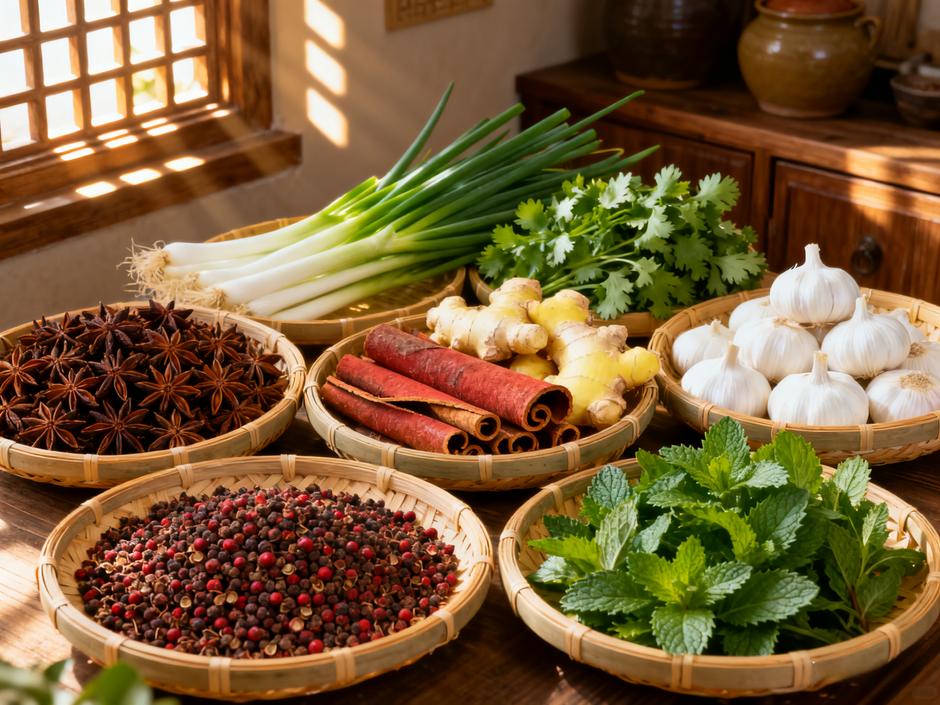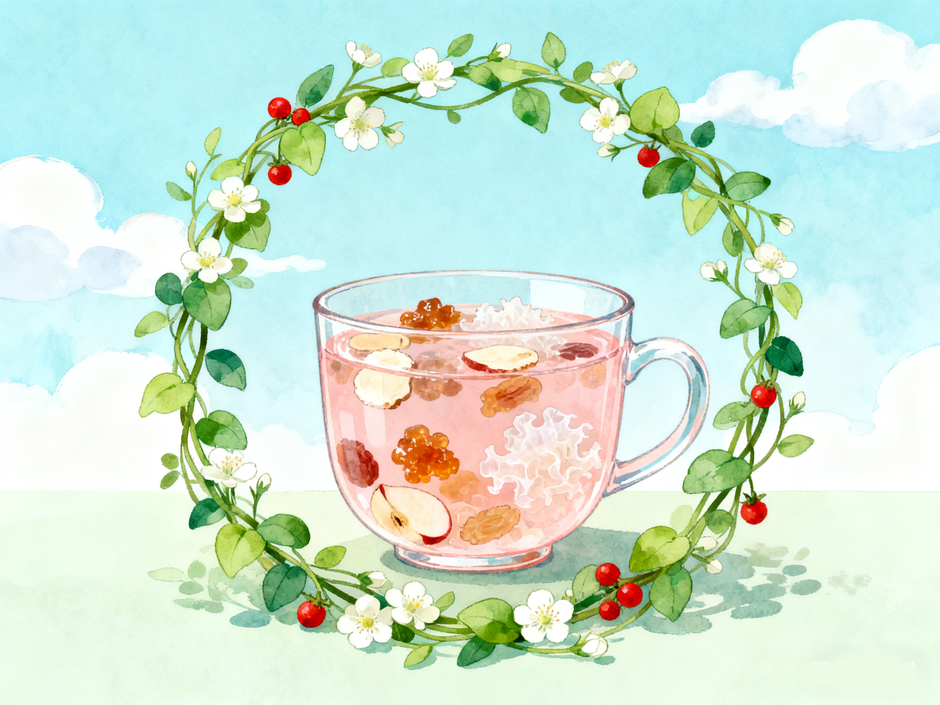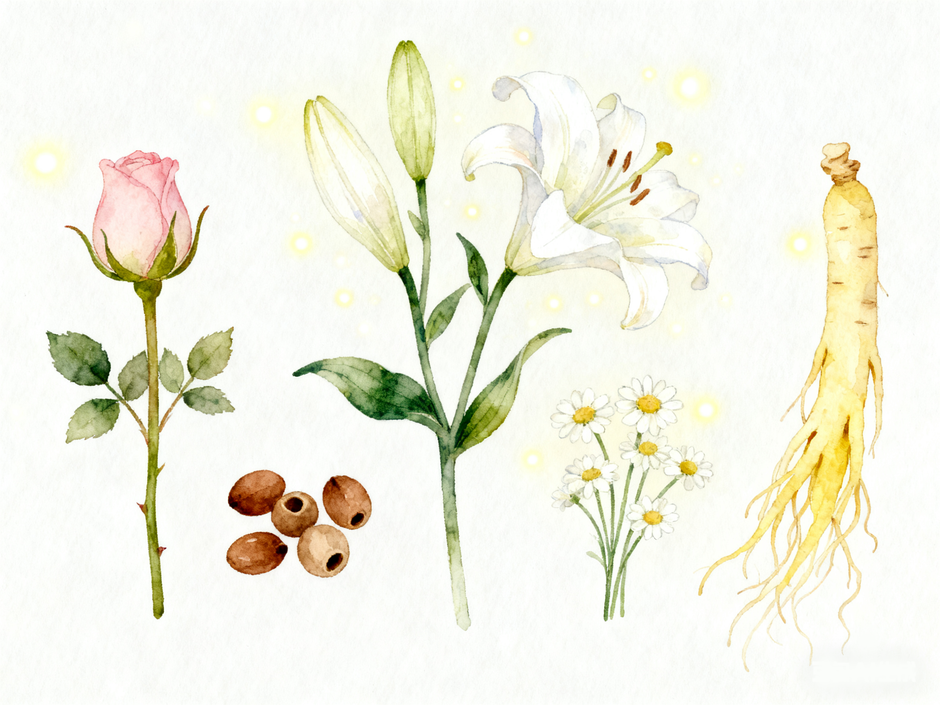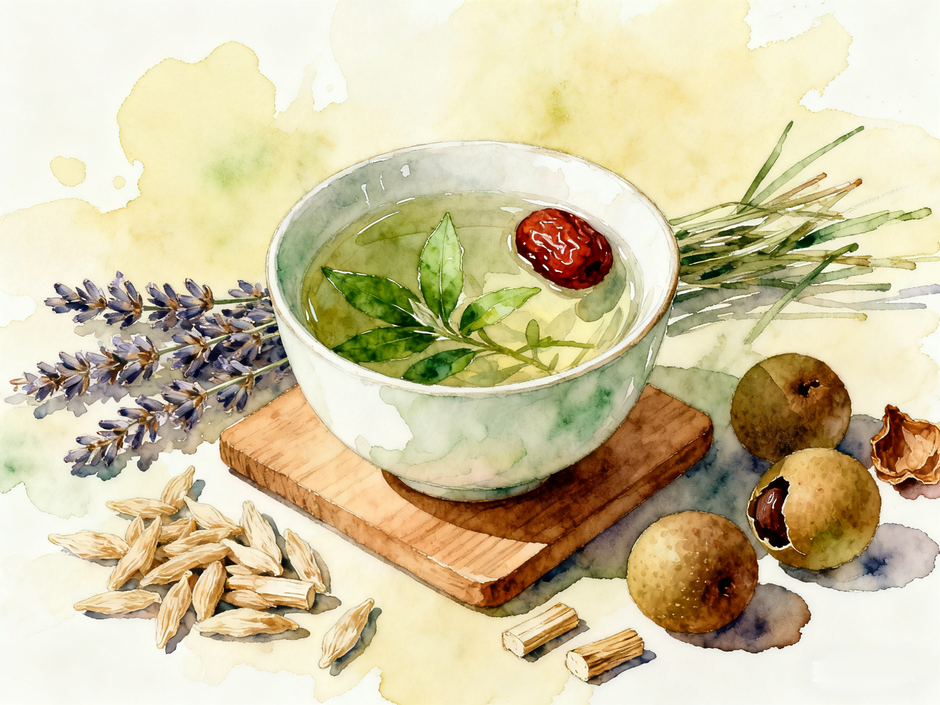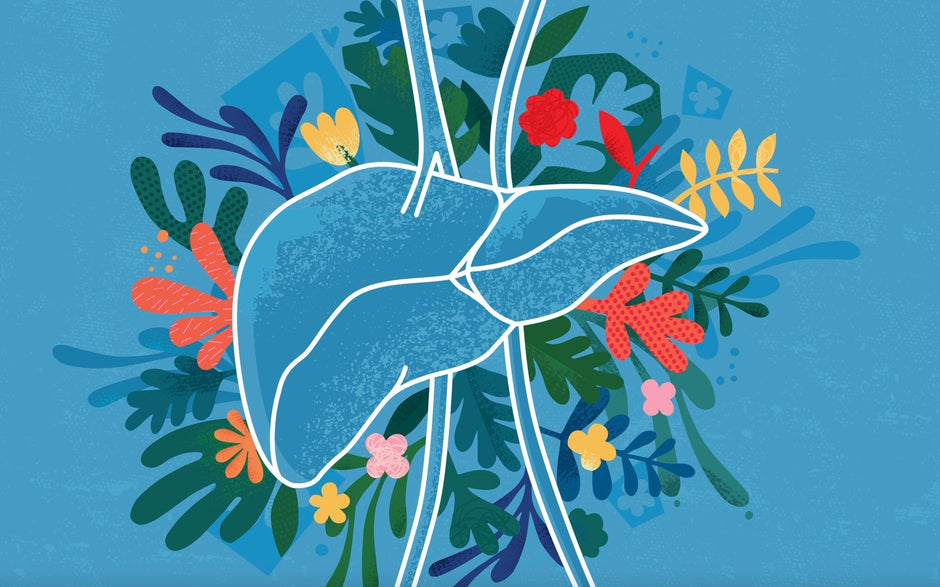在烹饪的世界里,香草和香辛料是点亮美味的魔法粉末与芬芳叶片。但在中医和全球传统医学的智慧中,它们远不止于此。这些天然的植物成分,其实是蕴藏着疗愈力量的“天然药房”。让我们一起探索这些日常香料背后的健康奥秘。
In the culinary world, herbs and spices are the magical powders and fragrant leaves that illuminate flavors. However, in the wisdom of Traditional Chinese Medicine (TCM) and global traditional practices, they are much more. These natural botanical ingredients are, in fact, a "natural pharmacy" brimming with healing power. Let's explore the health secrets behind these everyday seasonings.

🌰 香辛料 | Spices:温暖脏腑,驱散寒邪
香辛料多源于植物的根、树皮或种子,性味多偏温、热,能深入体内,温暖中焦,驱散寒湿,促进气血循环。
Spices often come from plant roots, bark, or seeds. They are generally warm or hot in nature, capable of penetrating deeply to warm the internal organs, dispel cold and dampness, and promote Qi and blood circulation.
代表性香料与功效 | Key Spices & Benefits:
-
肉桂 | Cinnamon (Ròu Guì)
-
性味归经 | Properties: 辛、甘,大热。归肾、脾、心、肝经。
-
功效 | Benefits: 补火助阳,散寒止痛,温通经脉。现代研究表明,它有助于调节血糖和改善血液循环。
-
Uses & Benefits: Tonifies fire and assists Yang, disperses cold, relieves pain, and warms the channels. Modern research suggests it helps regulate blood sugar and improve circulation.
-
-
姜黄 | Turmeric (Jiāng Huáng)
-
性味归经 | Properties: 辛、苦,温。归脾、肝经。
-
功效 | Benefits: 破血行气,通经止痛。其核心成分姜黄素具有强大的抗炎和抗氧化作用,被誉为“天然消炎药”。
-
Uses & Benefits: Breaks blood stasis, moves Qi, unblocks channels, and relieves pain. Its active compound, curcumin, has potent anti-inflammatory and antioxidant effects.
-
-
丁香 | Cloves (Dīng Xiāng)
-
性味归经 | Properties: 辛,温。归脾、胃、肺、肾经。
-
功效 | Benefits: 温中降逆,散寒止痛,补肾助阳。因其出色的抗菌镇痛性能,常被用于缓解牙痛。
-
Uses & Benefits: Warms the Middle, directs Qi downward, disperses cold, relieves pain, and tonifies Kidney Yang. Its excellent antibacterial and analgesic properties make it effective for toothache relief.
-
-
八角 | Star Anise (Bā Jiǎo)
-
性味归经 | Properties: 辛,温。归肝、肾、脾、胃经。
-
功效 | Benefits: 温阳散寒,理气止痛。其含有的莽草酸是抗病毒药物“达菲”的原料之一,对呼吸道健康有益。
-
Uses & Benefits: Warms Yang, disperses cold, regulates Qi, and alleviates pain. The shikimic acid it contains is used in antiviral medications and supports respiratory health.
-
🌱 香草 | Herbs:芳香醒脾,化解湿浊
香草多取自植物的叶与茎,气味芳香。其性多辛散,能醒脾开胃,化湿浊,宣通气机,舒缓情绪。
Herbs are typically from plant leaves and stems, with aromatic scents. They are often acrid and dispersing in nature, can awaken the Spleen, improve appetite, resolve dampness, promote Qi movement, and soothe emotions.
代表性香草与功效 | Key Herbs & Benefits:
-
迷迭香 | Rosemary (Mí Dié Xiāng)
-
功效 | Benefits: 在西方药草学中,它以增强记忆和改善脑部血液循环而闻名。其抗氧化性有助于保护皮肤健康。
-
Uses & Benefits: In Western herbalism, it's known for enhancing memory and improving cerebral circulation. Its antioxidants help protect skin health.
-
-
薄荷 | Mint (Bò He)
-
性味归经 | Properties: 辛,凉。归肺、肝经。
-
功效 | Benefits: 疏散风热,清利头目,利咽透疹。能有效缓解头痛、咽喉肿痛和肠胃胀气。
-
Uses & Benefits: Disperses wind-heat, clears the head and eyes, soothes the throat. Effective for headaches, sore throat, and bloating.
-
-
罗勒 | Basil (Luó Lè)
-
功效 | Benefits: 被誉为“香草之王”。具有抗痉挛、抗炎和助消化的特性。在阿育吠陀医学中,圣罗勒(Tulsi)被用于帮助身体适应压力。
-
Uses & Benefits: Known as the "king of herbs." It has antispasmodic, anti-inflammatory, and digestive properties. In Ayurveda, Holy Basil (Tulsi) is used to help the body adapt to stress.
-
-
百里香 | Thyme (Bǎi Lǐ Xiāng)
-
功效 | Benefits: 强大的抗菌剂,尤其对呼吸道感染有益。其挥发油成分(百里酚)能有效缓解咳嗽和感冒症状。
-
Uses & Benefits: A potent antiseptic, particularly beneficial for respiratory infections. Its volatile oil (thymol) effectively relieves cough and cold symptoms.
-
🍳 如何在日常饮食中运用 | How to Use in Daily Cooking
-
炖煮肉类 | Braising Meats: 加入八角、肉桂、丁香,不仅能去腥增香,其温通之性还能帮助消化肉食,减轻脾胃负担。
Adding Star Anise, Cinnamon, and Cloves not only removes odors and enhances flavor but also aids in digesting meat. -
炒菜与汤品 | Stir-fries & Soups: 撒入罗勒、欧芹、薄荷,在菜肴出锅前加入,以保留其芳香挥发油,醒脾开胃。
Sprinkle Basil, Parsley, or Mint before serving to retain their aromatic oils and awaken the Spleen. -
烘焙与茶饮 | Baking & Teas: 使用肉桂、豆蔻、姜,为甜点带来温暖风味,同时有助于平衡甜食的滋腻,温暖中焦。
Use Cinnamon, Cardamom, and Ginger to add warm notes to desserts and help balance the richness of sweets.
📚 参考文献 | References
-
国家药典委员会. (2020). 《中华人民共和国药典》. 中国医药科技出版社.
-
高学敏 主编. (2012). 《中药学》. 中国中医药出版社.
-
Tapsell, L. C., et al. (2006). Health benefits of herbs and spices: the past, the present, the future. Medical Journal of Australia, 185(S4), S1-S24.
-
Prasad, S., & Aggarwal, B. B. (2011). Turmeric, the Golden Spice: From Traditional Medicine to Modern Medicine. In Herbal Medicine: Biomolecular and Clinical Aspects. 2nd edition. CRC Press/Taylor & Francis.
-
Embuscado, M. E. (2015). Spices and herbs: Natural sources of antioxidants – a mini review. Journal of Functional Foods, 18, 811-819.
下次当您在厨房中拿起一小撮香料或几片香草时,请记得,您掌握的不仅是味道的钥匙,更是通往千年智慧与自然疗愈的大门。
The next time you pick up a pinch of spice or a few leaves of herbs in your kitchen, remember that you hold not only the key to flavor but also the door to millennia of wisdom and natural healing.



